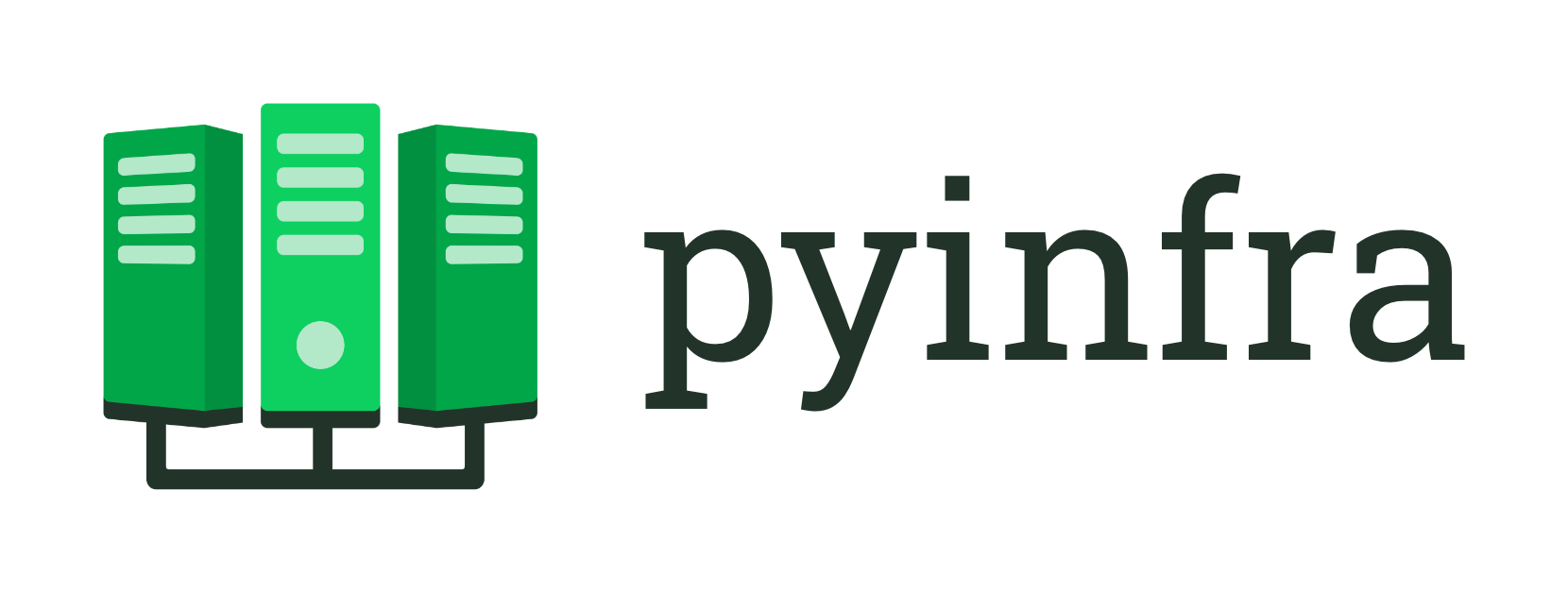pyinfra - Python Infrastructure Automation
pyinfra turns Python code into shell commands and runs them on your servers. Execute ad-hoc commands and write declarative operations. Target SSH servers, local machine and Docker containers. Fast and scales from one server to thousands.
Think ansible but Python instead of YAML, and up to 10x faster.
